Fifteen automotive legends, their unique stories and current market value
If you're an automobile enthusiast or a collector looking for the next big acquisition, this comprehensive guide to the 15 most coveted classic cars of all time will appeal to you. These iconic beauties represent the pinnacle of design, engineering, and cultural impact in the automotive world.
Despite their age, these classic cars continue to captivate us with their beauty, power, and charisma, making them the most coveted in the world. Whether you're a veteran collector or just starting your journey into the world of classic cars, this guide offers valuable insights into these timeless masterpieces of automotive history.
You'll find everything from American muscle cars to elegant European designs, all of which have left indelible marks on the history of automobiles.
Related Reading: Masterpieces Of Automotive Design: The 12 Prettiest Cars Of All Time
1. Most Coveted Classic Car: 1966 Shelby 427 Cobra
- Production Years: 1965–1967
- Production Volume: 260 Road-Legal Examples
- Value: Up To $5.5 Million
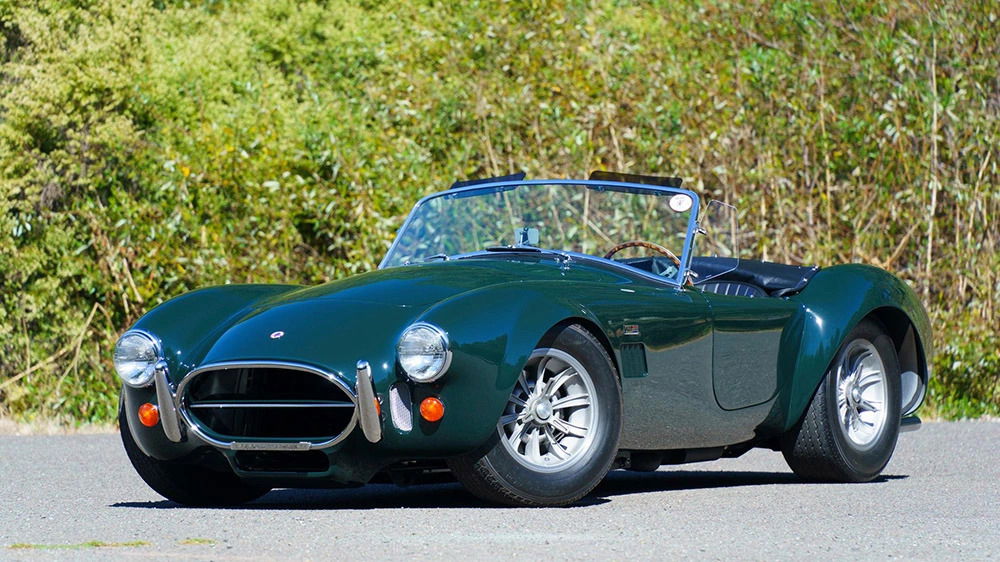
Nothing screams classic car like the Shelby 427 Cobra. Designed by racing legend Carroll Shelby, this roadster is a blend of American muscle and European sports car.
Known for its powerful Ford V8 engine and lightweight design, the 427 Cobra is a rare find, with less than 350 ever produced. Based on 57 auction sales data from 2007 to 2023, a 1966 Shelby 427 Cobra in good condition goes for between $1,000,000 and $5,500,000.
2. Most Sought-After Classic Car: 1957 Mercedes 300SL Gullwing
- Production Years: 1954–1957
- Production Volume: 688 (Including the coupes and roadsters)
- Value: Up To $1.843 Million
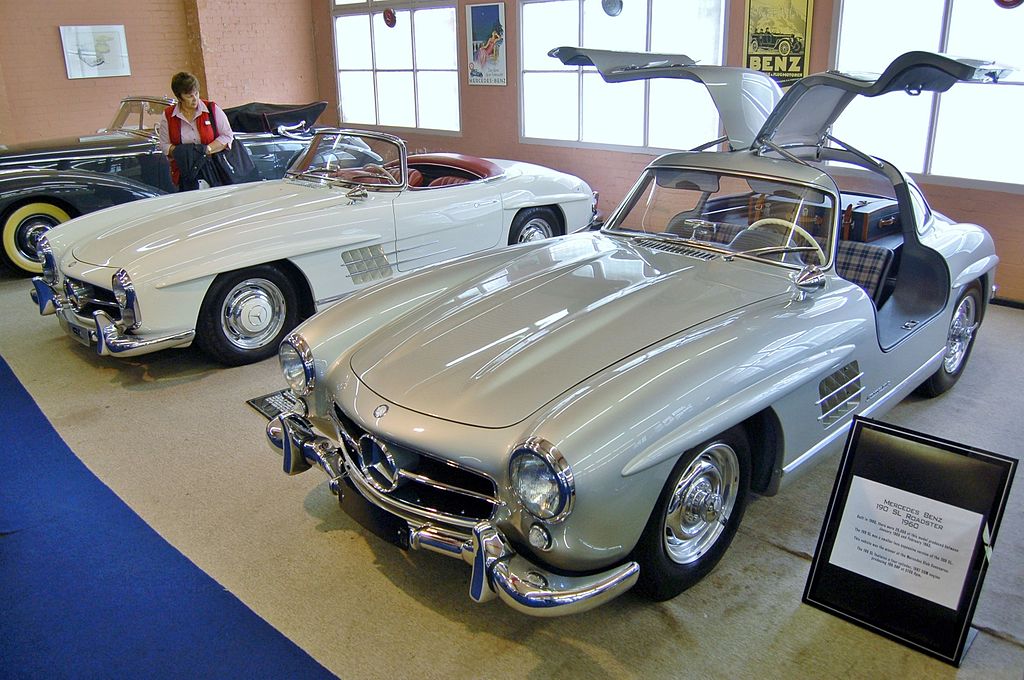
The Mercedes 300SL Gullwing, with its distinctive upward-opening doors, is an embodiment of post-war optimism. Its sleek design, combined with a top speed of 160 mph, made it the fastest production car of its time. This German masterpiece is a symbol of luxury and performance.
As for the 1955 SLR Uhlenhaut model, which entered the Guinness Book of World Record as the most expensive car ever sold for fetching a record-smashing $142 million at Sotheby’s auction in Stuttgart, well, we wouldn’t exactly call it “sought-after,” considering the staggeringly prohibitive price tag and extremely low production numbers.
Only 2 Uhlenhaut coupes exist, and Mercedes locked one away.
3. Most Sought-After Classic Car: 1963 Chevrolet Corvette Sting Ray
- Production Years: 1963–1967
- Production Volume: 21,513
- Value: Up To $715,000
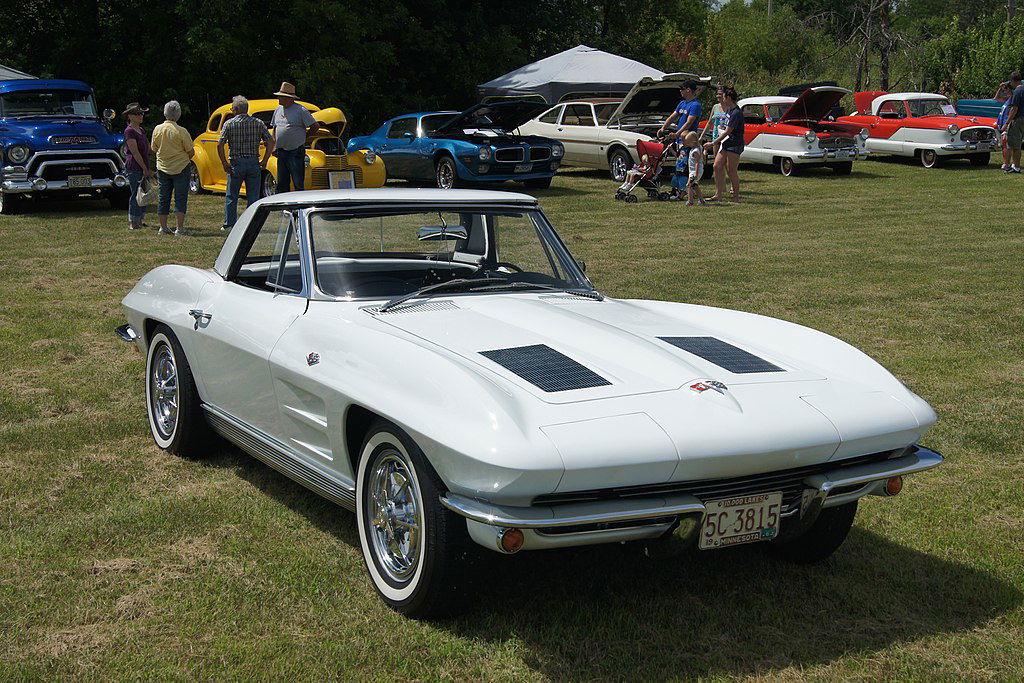
The ‘63 Corvette Sting Ray is an American icon, renowned for its split rear window and clean mid-century design. Its fiberglass body, independent rear suspension, and powerful V8 engine are just part of developmental story that made it one of the most highly sought after classic cars.
4. Most Coveted Classic Car: 1955 Jaguar D-Type
- Production Years: 1954–1957
- Production Volume: 71 (Including Factory Teams and privateer models, plus road-legal XKSS versions)
- Value: Up To $21.780 Million
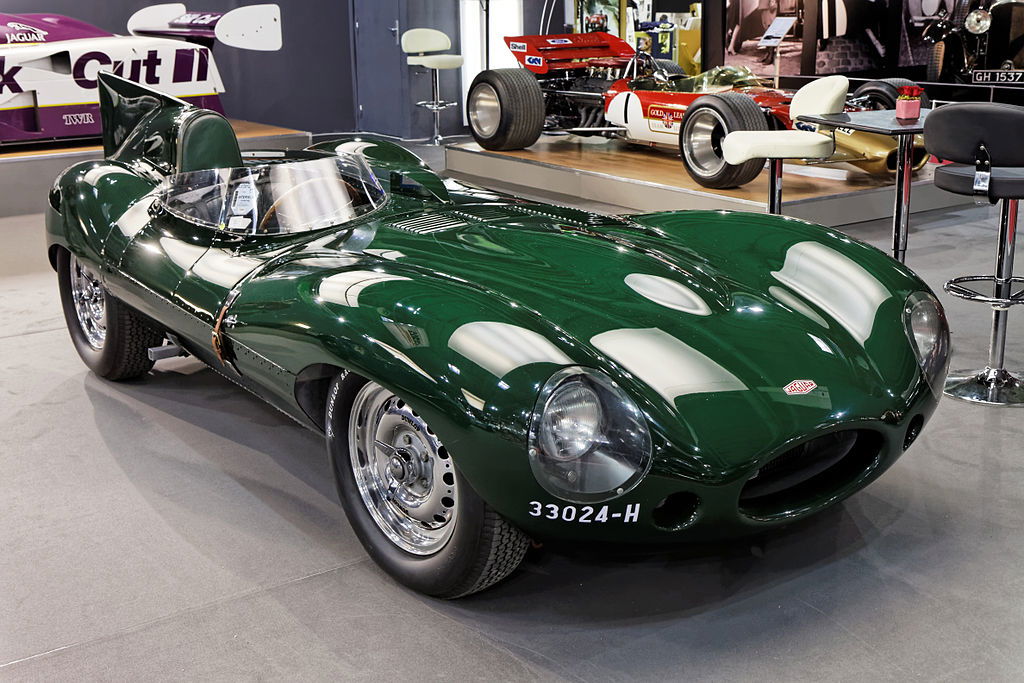
The Jaguar D-Type is best known for winning the Le Mans 24-hour race three times between 1955 and 1957. With its aerodynamic design and innovative monocoque construction, the D-Type remains a popular choice among collectors.
5. Most Sought-After Classic Car: 1962 Ferrari 250 GTO
- Production Years: 1962–1964
- Production Volume: 36 (Including three Series II models with revised bodywork)
- Value: Up To $48.405 Million (in 2018)
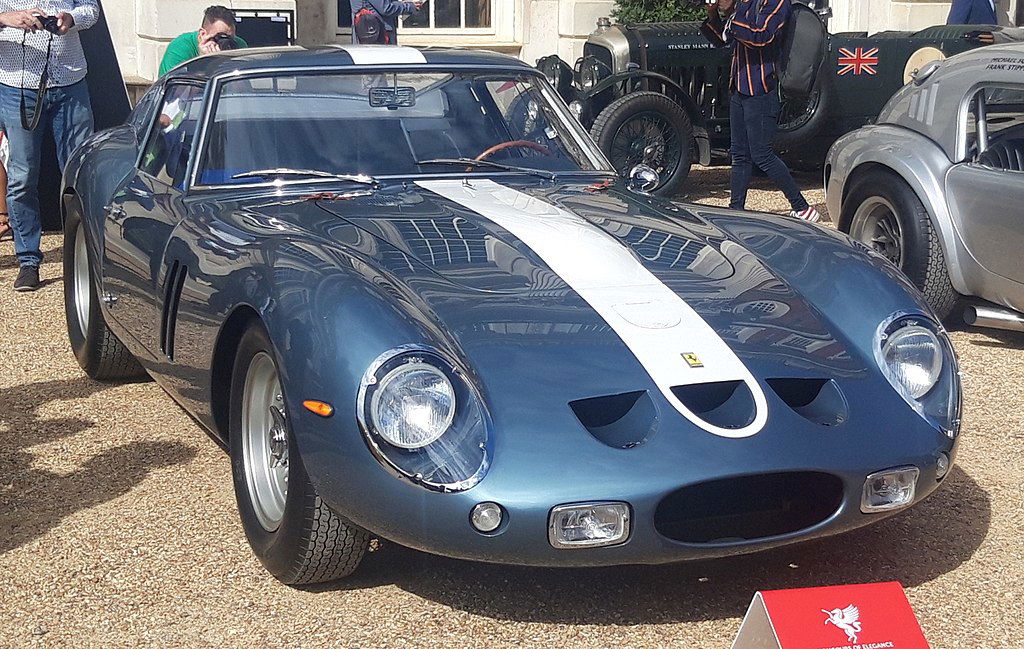
Arguably the most famous classic car of all time, the Ferrari 250 GTO is a symbol of speed, style, and exclusivity. Only 36 were produced, making this Italian beauty a holy grail for collectors.
In 2018, one GTO was auctioned for a whopping $48.4 million! It was the world’s most valuable car until the Uhlenhaut Coupe shattered that record in 2022.
6. Most Coveted Classic Car: 1969 Ford Mustang Boss 429
- Production Years: 1969–1970
- Production Volume: 859 (1,359 in Total)
- Value: Up To $605,000
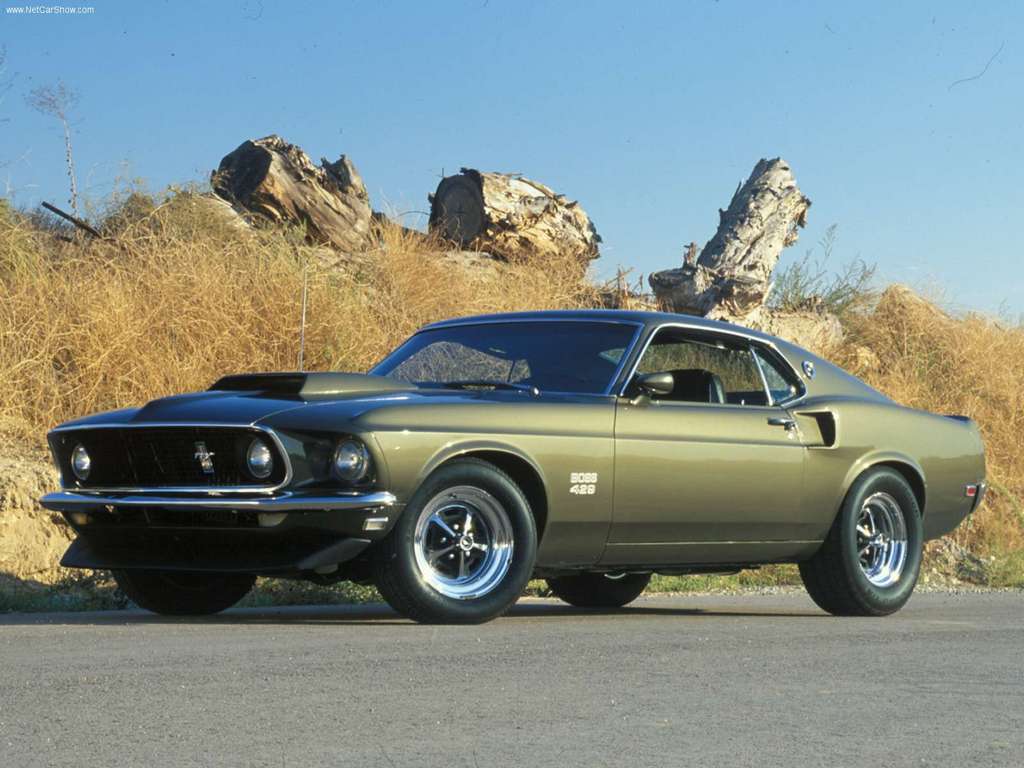
Dubbed the "Boss 9," this classic muscle car was built for speed. With its massive 429 cubic inch V8 engine and distinctive design, the Boss 429 is one of the rarest and most valued Mustangs ever produced.
Related Reading: Here Are The 11 Most Powerful V6 Engines Ever Made (A Current List)
7. Most Sought-After Classic Car: 1970 Dodge Challenger R/T
- Production Years: 1970–1974
- Production Volume: 18,512 (165,437 in Total)
- Value: Up To $1.650 Million
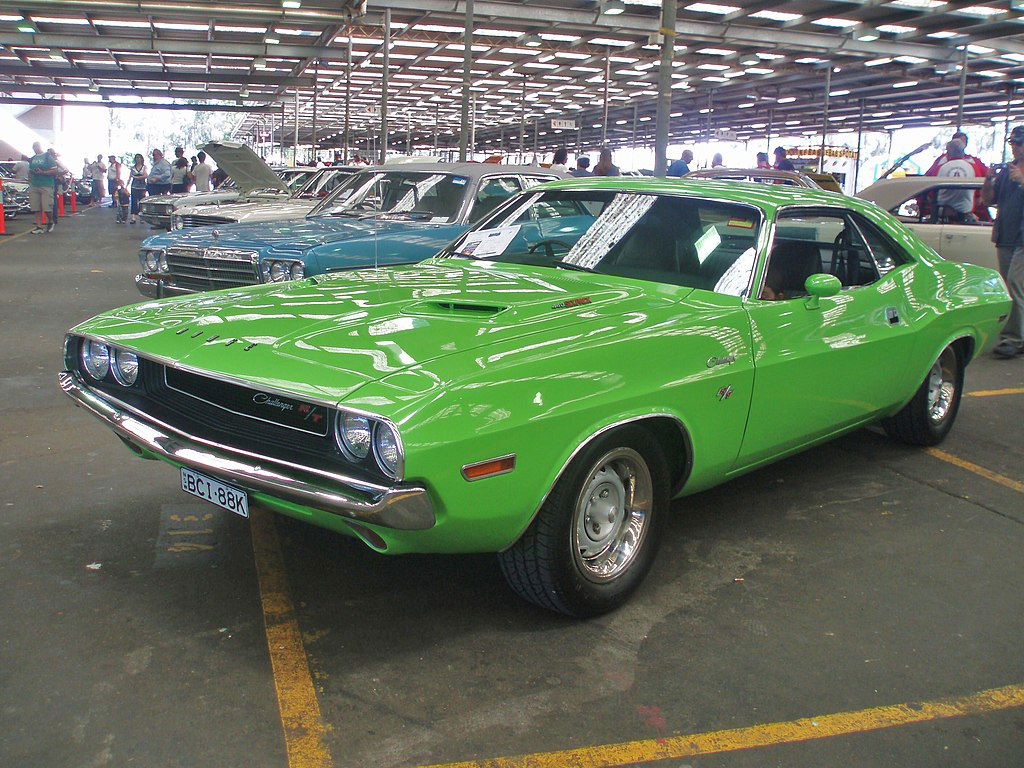
The Challenger R/T, with its potent 426 Hemi engine, is a symbol of the American muscle car era. Its aggressive design and high performance make it a must-have for any serious collector. It was, at the time, one of just two Chrysler brands using the E-body platform, with the Plymouth Barracuda as the other E-body car.
Chrysler developed the Challenger to challenge GM’s Pontiac Firebird and Ford’s Mercury Cougar in the ponycar segment. The Challenger was supposed to be the most formidable ponycar of its time, potent enough to give the Mustang a proper scare.
The Challenger was marked by numerous trims, options, and powerplants. Of these, the R/T was an appearance package with a bonus convenience and comfort features. With just over 18,000 out of 76,935 “70 Challengers delivered to customers that year, the R/T models are some of the most coveted, and its current median sale value of $60,500 means most collectors can actually afford it.
8. A Race Car Too Good For Racing: 1961 Aston Martin DB4 GT Zagato
- Production Years: 1960–1963
- Production Volume: 19
- Value: Up To $13.324 Million
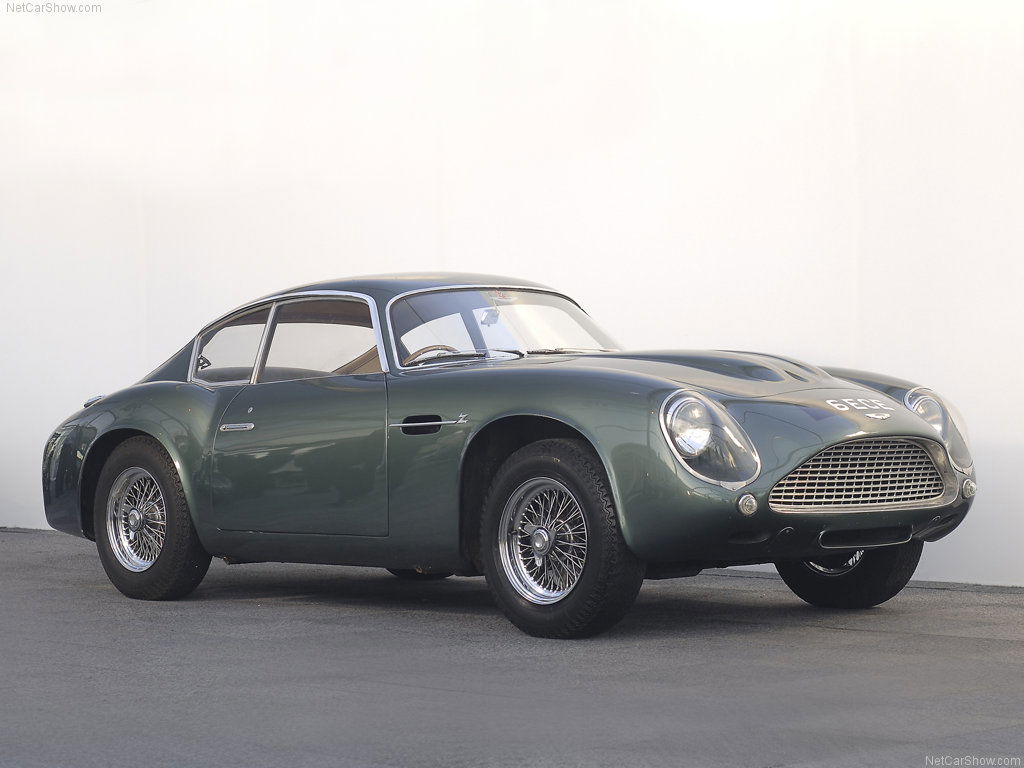
At the London Motor Show in 1960, a collaboration between Aston Martin and Italian design house Zagato spurned the DB4 GT Zagato, a masterpiece of elegance and power. Also known as the DB4Z, its lightweight design and 314 horsepower engine make it one of the most desirable Aston Martins ever made.
The company’s CEO Ulrich Bez said as much when it described the DB4Z as “one of the most beautiful” cars the brand has ever created. With just 19 copies to ever come out of the Aston-Zagato collaboration, the DB4 GT Zagato is also one of the rarest classic cars of all time.
According to Zagato, “the idea was a nice street car that could go racing, though that was not its original purpose. It developed into that. When Aston saw the car, they liked it and decided to make it a factory model.”
9. Most Coveted Classic Car: 1959 Cadillac Eldorado Biarritz Convertible
- Production Years: 1959
- Production Volume: 1,320
- Value: Up To $390,500
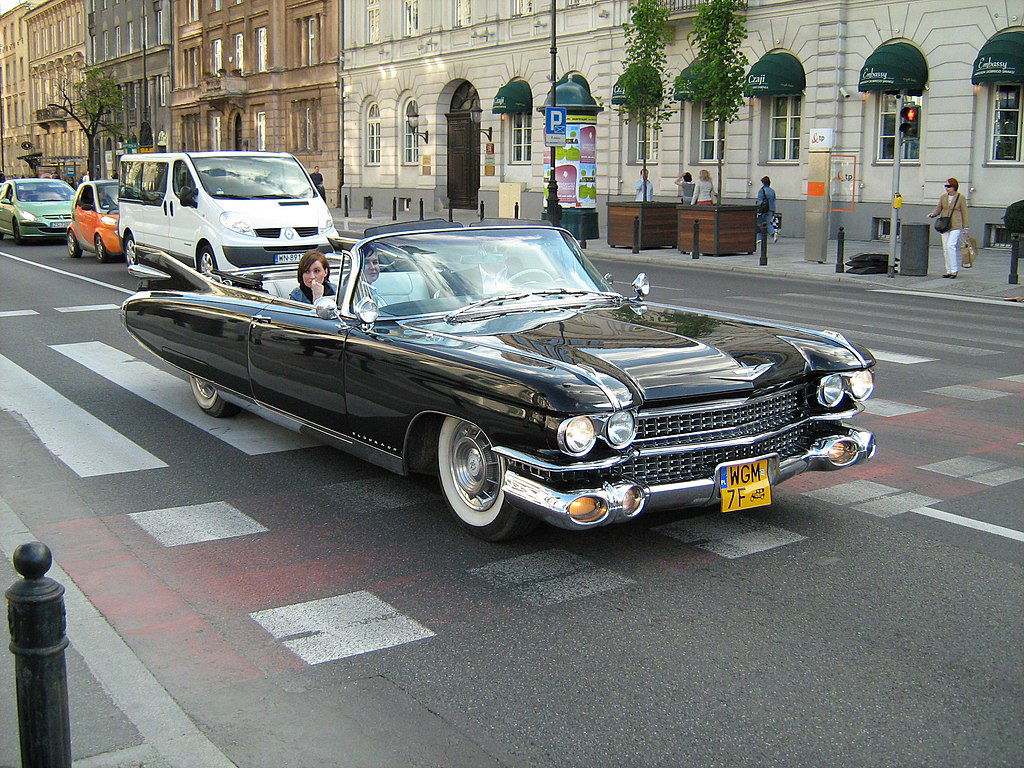
You’ve got some seriously good taste in classics if you’ve got your eye set on the 1959 Eldorado convertible dubbed Biarritz. Famed for its tailfins, the '59 Eldorado Biarritz is a symbol of American opulence, just as General Motors caught the aviation-styling bug in the late 1940s.
Its distinctive design and luxurious features make it an icon of the automotive world. It was only produced for the year 1959 and could be correctly said to have become an instant classic.
Related Reading: 15 Most Expensive Cars To Own
10. Most Sought-After Classic Car: 1967 Alfa Romeo Spider Duetto
- Production Years: 1966–1993
- Production Volume: 6,324 (124,104 in Total)
- Value: Up To $62,457
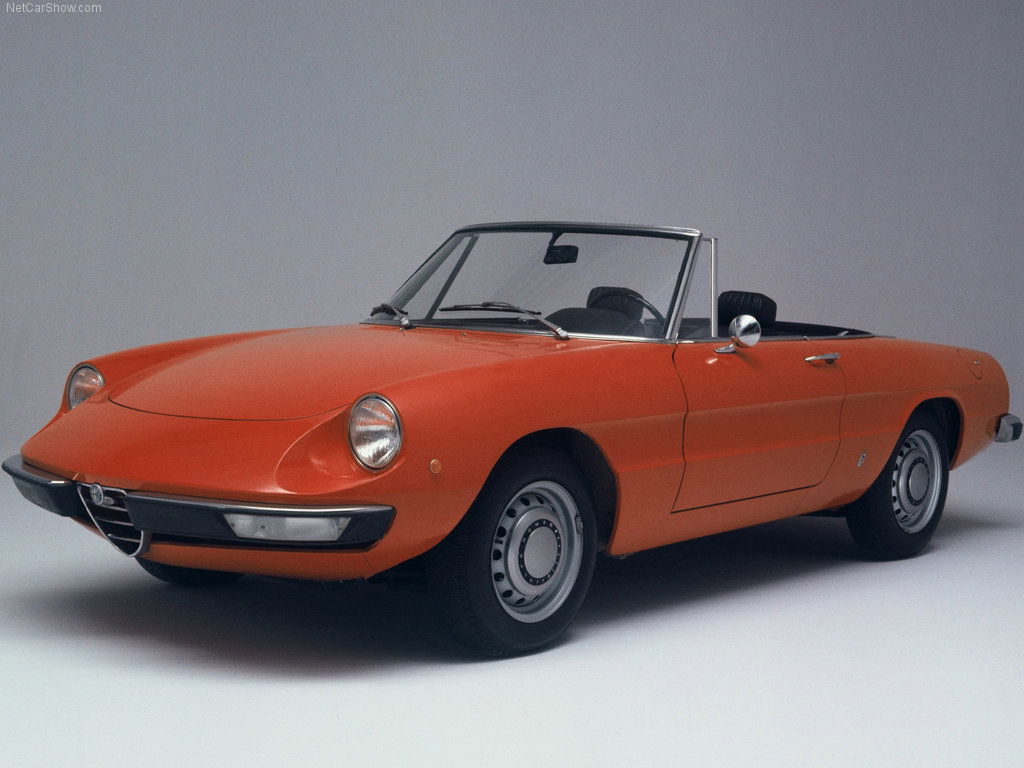
Immortalized in the film "The Graduate," the '67 Spider Duetto is a symbol of Italian style. Its stunning Pininfarina design and lively performance make it one of the most desirable and affordable classic Alfa Romeos.
It got its Duetto name after the automaker announced a write-in competition promising a copy of the new car to the winning suggestion.
Alfa Romeo received more than 100,000 submissions, among which is the winning proposal, “Duetto,” courtesy of Italian gentleman Guidobaldo Trionfi. Alfa Romeo liked the name but somehow failed to notice a confectionery maker just launched a snack of the same name, not to mention that Volvo already had a delivery van with the awfully similar name, Duett.
Sadly, the first Alfa Romeo Spider couldn’t bear its christened name officially due to trademark issues, but that didn’t subtract from the fact that the Alfa Romeo Spider 1600 (a nod to its 1570 cc twin cam engine) was an artfully sculpted, delightful ride. Priced $3,950 in the North American market, it was $41 cheaper than the Lotus Elan.
11. The Original 911: 1963 Porsche 911
- Production Years: 1964–1989
- Production Volume: 232 (81,100 B/W ‘63 & ‘89 – Over 1.2 Million in Total)
- Value: $225,500
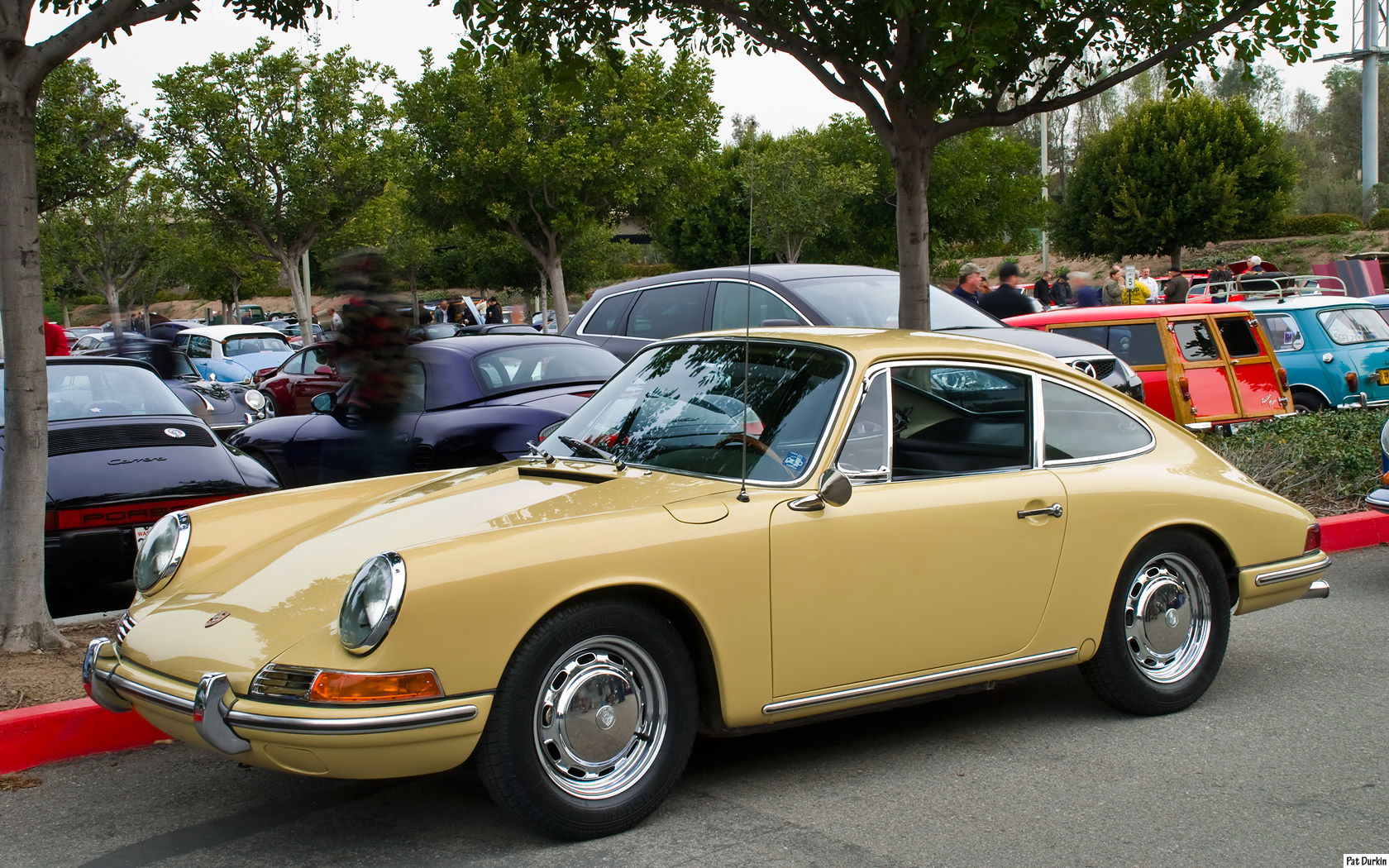
The 911’s journey to becoming the quintessential sports car began in the autumn of 1963, when Porsche AG of Stuttgart, Germany, unveiled the prototype at the famous Frankfurt IAA Motor Show. Porsche unveiled the prototype as the 901, but later renamed it the 911 for its market release the following year.
The luxury sports car’s phenomenal endearment to the hearts and wallets of driving enthusiasts is responsible for the nameplate’s enduring continuity, even after Porsche released the modified successor dubbed the 964 after the 1989 model year. The 911 lives on till date, but the Original 911 retired in 1989.
The Original pioneered the 911’s tradition for offering private teams modified versions for motorsport activities. In fact, the various 911 incarnations has often been praised as the most successful racing car, ever, with the limelight beaming heavily on the Le Mans-winning, 911-derived 935.
Porsche 911 is an icon of German engineering. Its timeless design, superior handling, and air-cooled six-cylinder engine make the “63 model a standout among classic cars. The 911's longevity—it's still in production today—attests to its enduring appeal.
12. Most Sought-After Classic Car: 1953 Buick Skylark
- Production Years: 1953–1954
- Production Volume: 1,690
- Value: Up To $1.650 Million
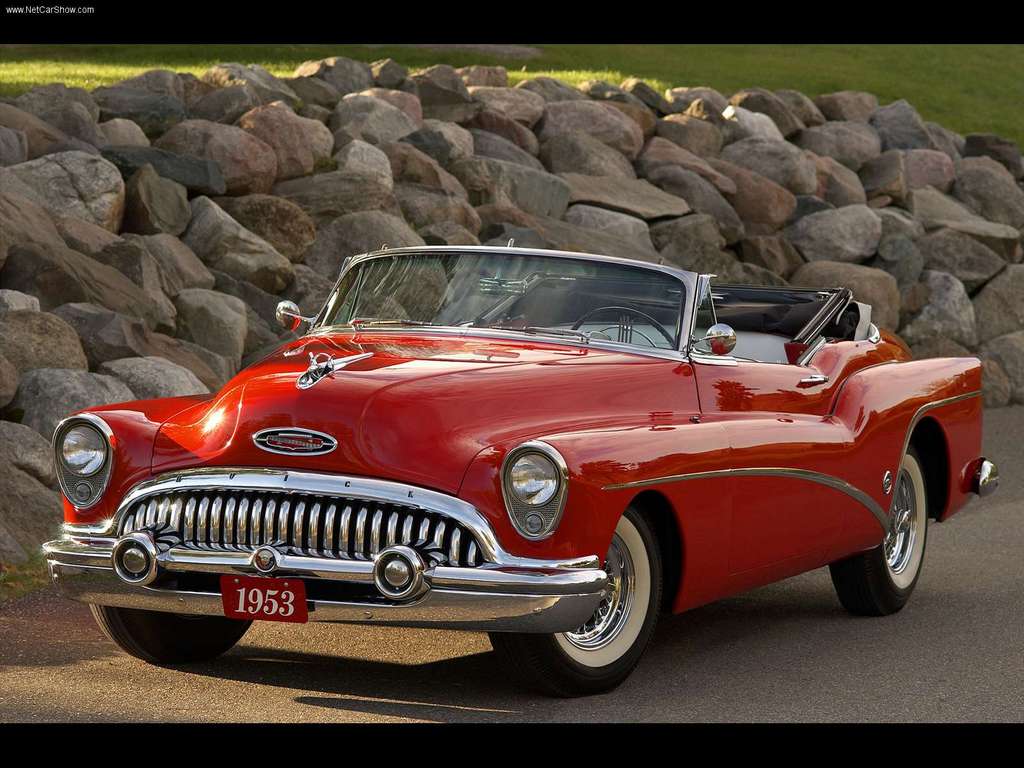
The '53 Skylark was a limited-production luxury convertible introduced during Buick's 50th anniversary. Known for its stylish design and powerful V8 engine, the Skylark is a shining example of mid-century American automotive design.
The famous Harley Earl was responsible for the Skylark’s design. It got offered as luxury and, later, performance versions of the Buick Roadmaster lineup. It sat lower than regular convertibles and did away with the ubiquitous ventiports, also known as portholes.
The Cadillac Series 62 Eldorado and Oldsmobile 98 Fiesta were the Skylark’s ‘friendlies’ from under the GM umbrella. They were top-of-the-line, limited-run convertible models rolled out in 1953-‘54 to help solidify GM’s position as the king of the Big Three.
Skylark was the most successful of the friendlies, moving 1,690 units despite the hefty price tag of around $5,000 ($55,580 in today’s money) where the regular, better-equipped Roadmaster got pegged at $3,200.
13. The World’s First Supercar: 1969 Lamborghini Miura P400S
- Production Years: 1968–1971
- Production Volume: 338 (764, including the P400)
- Value: Up To $2.3 Million
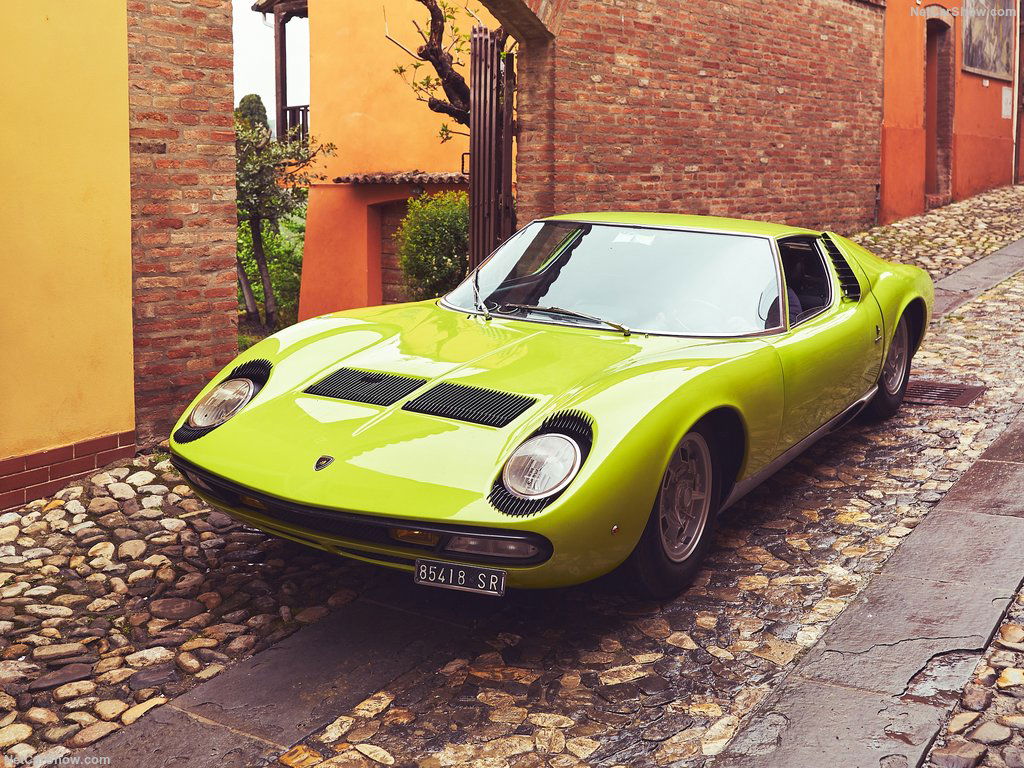
The very thought of a world without Lamborghini is unfathomable, but that’s precisely the most likely reality if Enzo Ferrari’s stubbornness hadn’t driven some of the company’s talents – and a customer, Ferrucio Lamborghini, away and into developing the ideas rebuffed by the spectacled ‘Il Commendatore.
It's proven several times in the automotive industry that the surest way to breed a dogged Italian go-getter is to taunt him. Indeed, the story goes that Enzo, more or less, taunted Lamborghini into building cars, with the 350GT, sold as the Miura, as the first fruit of that venture.
Lamborghini recruited a similarly alienated Ferrari designer, the acclaimed Giotto Bizzarrini, and reportedly paid him a bonus for every horsepower more than what the Prancing Horse’s famous V12 could manage.
The result is the 345-horsepower P400, toting a $20,000 ($190,254 in today’s money), and quickly followed by the slightly revised P400S with 20 more ponies and 177-mph top speed.
Recognized as the world's first supercar, the Lamborghini Miura P400S is an embodiment of Italian passion and design flair. Its mid-engine layout was a breakthrough in sports car design, where Ferrari wouldn’t budge an inch from its firm belief in placing the horse in front of the cart, so to speak. With less than 800 units produced, the Miura is a highly coveted classic.
14. Most Sought-After Classic Car: 1957 Chevrolet Bel Air Nomad
- Production Years: 1950–1981
- Production Volume: 6,264 (1,555,316 in Total)
- Value: $379,500

The '57 Chevy Bel Air is a quintessential American classic. Known for its distinctive chrome details, tailfins, and available fuel-injected engine, the Bel Air embodies the spirit of the 1950s and is a favorite among collectors.
Although it got pulled from production in the United States in 1975, the full-size luxury car remained in production for the Canadian market until 1981. The 1957 model grew its engine displacement from 265 cu-in V8 to 4.6-liter V8, thanks to the 283-hp Super Turbo Fire V8 shared with the Chevy Corvette.
This, and the Bel Air’s carbureted engine, partly explains the rarity of the “fuelie” cars, with the Bel Air Nomad model as the rarest of them all. The ’57 Bel Air enjoyed a roaster of storied owners, including Elvis Presley and Marilyn Monroe. The convertible and sport coupe variants are the most coveted of the Bel Air offerings.
15. The Ferrari Nemesis: 1966 Ford GT40
- Production Years: 1964–1969
- Production Volume: 84 (105 in Total)
- Value: Up To $4.4 Million
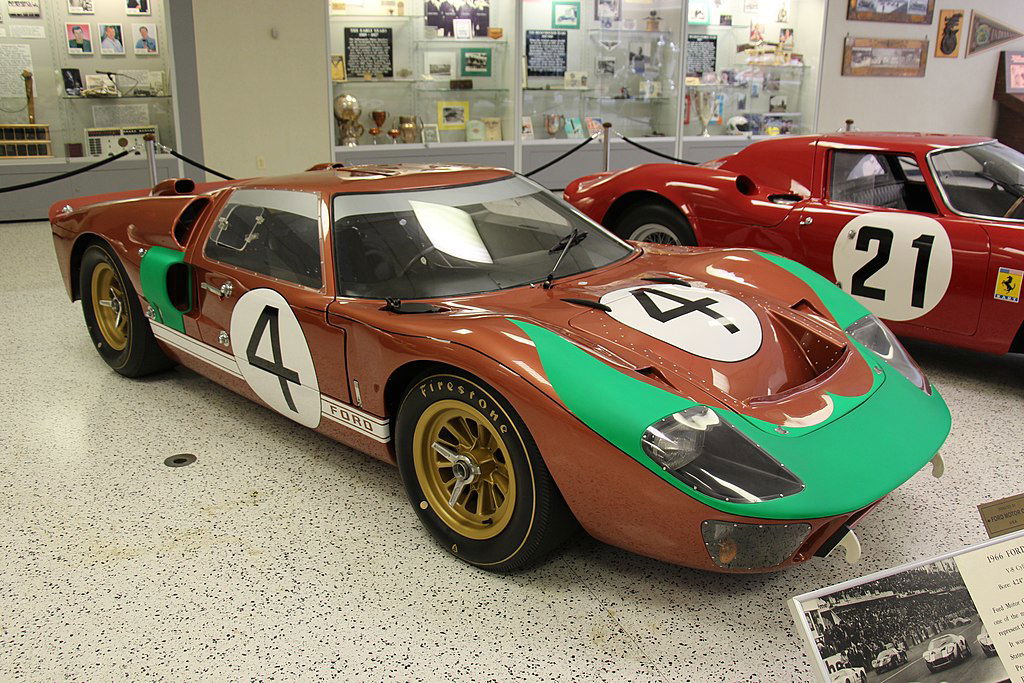
The GT40’s development proved taunting an American automaker is just as consequential as taunting a proud Italian. Enzo may have felt insulted not by Ford’s bid for his company but by the suggestion he’d have to give up his beloved racing program.
The Italian responded by taunting his American counterpart, but only ended up achieving the same results as usual – a dogged go-getting Henry Ford II determined to cripple the Prancing Horse at his beloved Le Mans.
The result was the GT40 Mark II, Ford's answer to Ferrari's dominance at Le Mans. Winning the prestigious race four times consecutively from 1966 to 1969, the GT40 is a testament to American engineering prowess.
Its sleek design and powerful V8 engine make it one of the most sought-after classic cars. Eventually, Ford had his team at the England-based Ford Advanced Vehicle facility develop the road-going GT40 Mark III.
Last Word On The Most Sought-After Classic Cars Of All Time
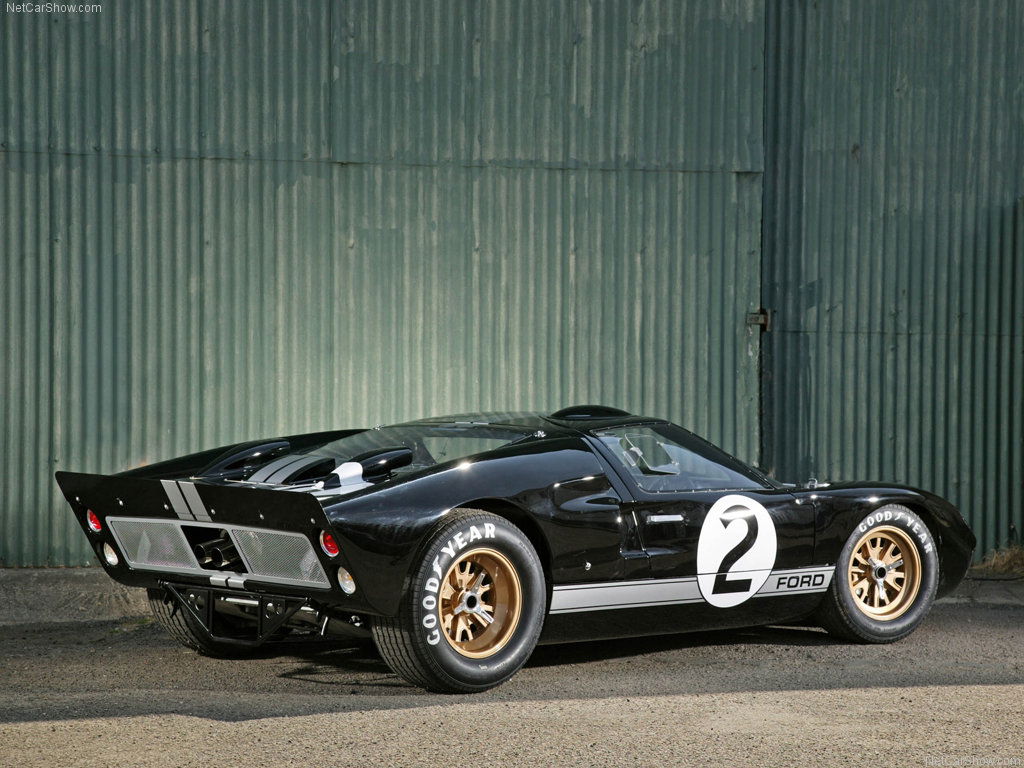
Whether it's the sleek lines of the 1961 Aston Martin DB4 GT Zagato or the roar of the 1969 Ford Mustang Boss 429's engine, each of these 15 classic cars has a unique appeal that transcends time.
They tell fascinating stories of their eras while offering thrilling driving experiences. For a car enthusiast, owning any one of these automotive legends is a dream come true.
Valuation tool courtesy of ConceptCarz